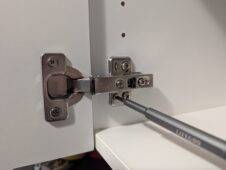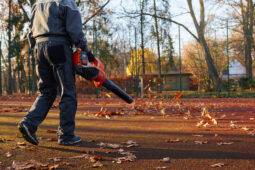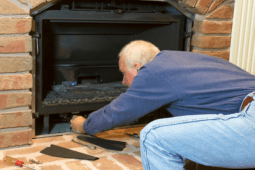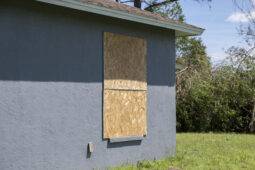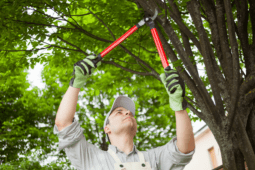7 Things You Absolutely Must Do When Restoring a Classic Car
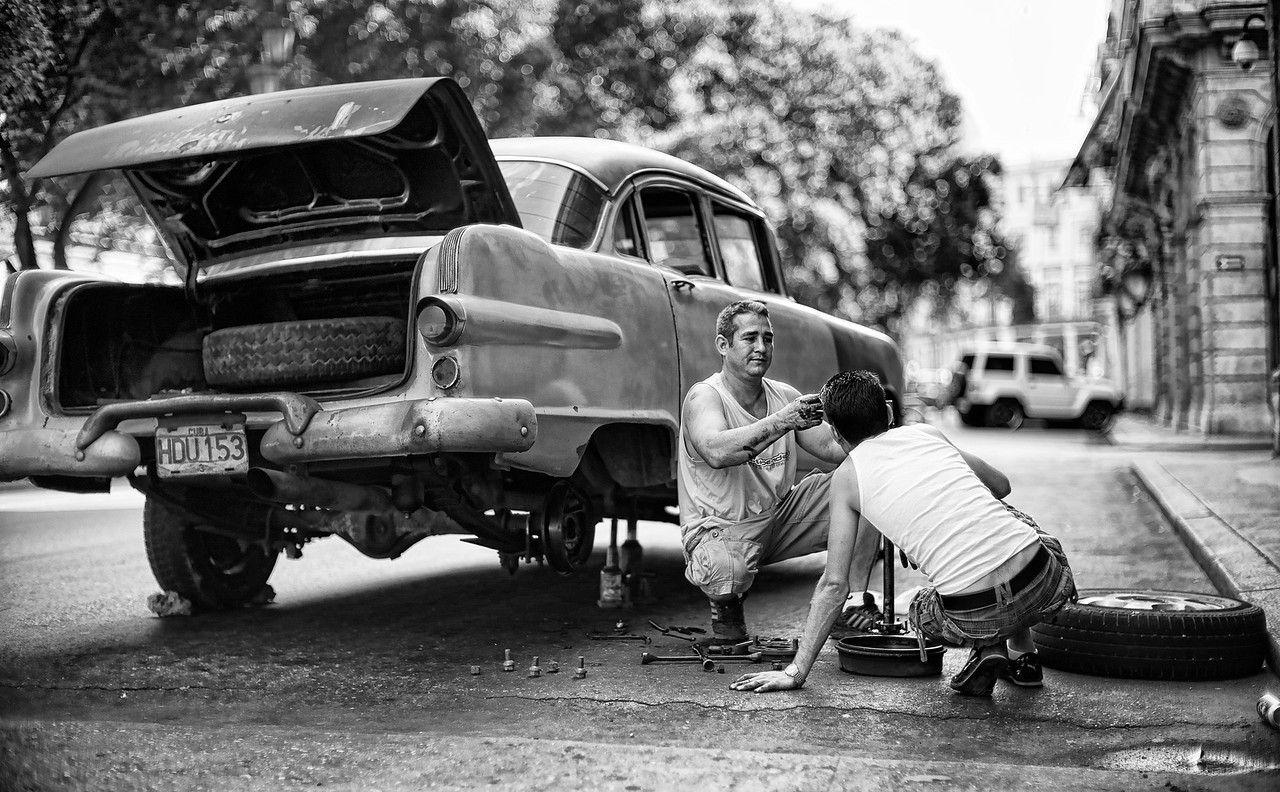
Editor's note: From time to time, we like to feature the voices of ManMade readers on the site. We love hearing what you're up to, what you're making, and how you stay creative. When ManMade reader Scott Huntington wrote in share his love of classic cars and the work that goes into restoring them, I asked him to share his experience.
Restoring a classic car can be a fantastic way to bring a piece of automotive history back to life, especially if you've found a rare model that needs a bit of extra TLC. Here are seven things that need to be on your list of things to do when restoring a classic car, just to make sure that all your Ts are crossed, Is are dotted, and bolts are properly torqued.
1. Finding the Car and Finding the Parts
The first step is to find your car — and then to find replacement antique car parts. Do you have a specific make, model and year in mind or are you just looking for a project car? If you have a particular vehicle in mind, first make sure you're going to be able to find the parts for it — even if you can't get them locally, are they available?
This is when you should decide whether you're going to be okay with replacement parts or if you're going to stick to original parts wherever possible. Original parts are a great way to make your restored car as authentic as possible, but they may be difficult to obtain depending on the make and model of your classic car. If you're planning on aiming for one of the higher levels of car restoration, you should consider seeking out original parts whenever possible.
2. Decide What Type of Restoration to Do
There are four different levels of classic car restoration, and each one requires more work than the last. Driver restoration is the basic level — you get the car back on the road and operational and fix some minor cosmetic problems. If you're just restoring this car for your personal use, this is probably all you need to do unless there is some significant body damage.
Street show restoration is a step above driver restoration — you're restoring the car and repairing all major and minor aesthetic issues.
Show car restoration will probably require some professional work. This is a car that you probably won't be driving much once you restore it.
Concourse is the highest level — you should only aim for that if you're planning on putting your car in a private collection. Cars restored to concourse level aren't designed to be driven and are usually only completed by professionals.
 3. Update the Safety Equipment
3. Update the Safety Equipment
One of the most prominent problems with old cars is that their safety equipment isn't always up to snuff — they don't have airbags and could probably stand to have their seatbelts replaced to ensure that you and your passengers are safe in the event of a car accident. Even Jay Leno adds seatbelts to his older classic cars if they didn’t come installed initially.
You can also upgrade the electronics, the radio and even the air conditioning without the change being too noticeable. Of course, you don't have to worry about alterations being too obvious if you're just restoring the car for yourself — go crazy and bring your classic car into the 21st century with things like heads-up displays, Bluetooth enabled entertainment or other safety features like rearview cameras and parking sensors.
4. Pick up a Restoration Book
You buy a Haines manual when you start working on a new car — why wouldn't you pick up a restoration manual for your classic car restoration project? These books can walk you through everything from rebuilding an engine to the most common body restoration problems. If you're handy with cars, you might not even need it, but it never hurts to have some extra resources when you're working on a big project like this.
While you're looking at your restoration book, sign up for a few car restoration forums. Even if you're not especially social, these forums can be a great resource if you run into a problem that you can't solve with a restoration book or owner's manual. These people are puzzling through the same issues that you are, and they may come up with some ways to fix a problem that you'd never even thought of!
5. Know Your Limits
Restoration's not as easy as doing maintenance on your daily driver. Take the time to assess your skills and know your limits before you buy your project car. If you're expecting to have to ask for help for any part of the restoration, make sure that there are local mechanics that can help — you're not going to take this project car to your local Jiffy Lube, after all.
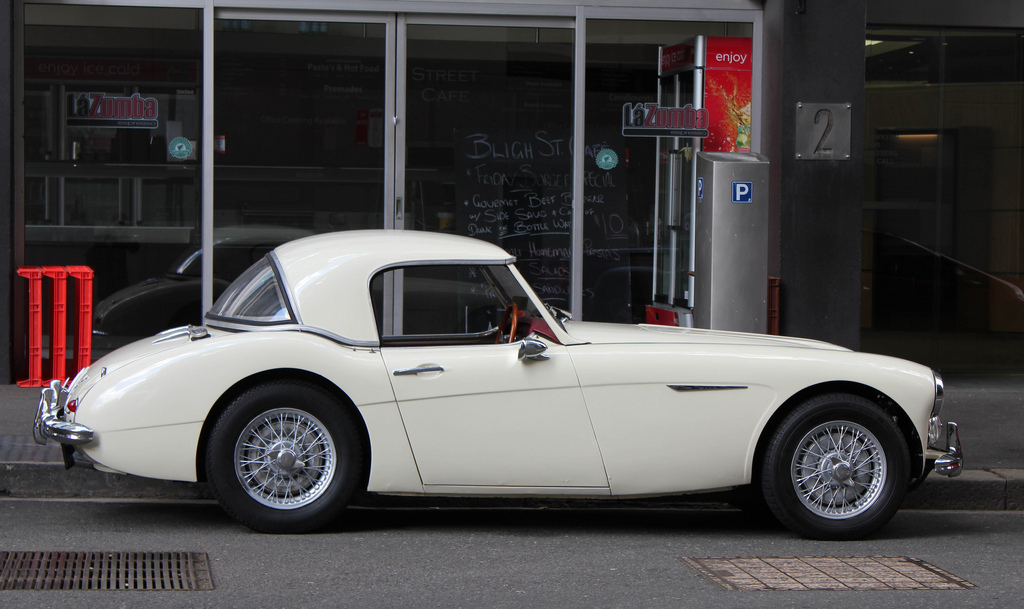
6. Don’t Expect to Resell It
There are plenty of TV shows and websites that claim that you can restore your project car and resell it for thousands of dollars in profit. Unless you've found an extremely rare model — and the chances of that are minimal — your project car will be something for you and you alone. You will probably end up spending more money to restore the car than you'd ever make back selling it.
If you're a junkyard junkie, you might get lucky and find a project car that is worth a lot. One of the two Mustangs used in the 1968 movie Bullitt was recently found in a junkyard in Mexico. Now, this is a one-in-a-million find, but if you keep looking you might get lucky.
7. Be Prepared for Setbacks
Don't stress if something doesn't fit or you break something. Car restoration projects inevitably come with setbacks. Don't let them stress you out — just be prepared for them. Take a step back, figure out a new plan of attack and get back to the project. Don't feel bad if you have to take a break. Sometimes coming back to it with a clear head is the best way to move the project ahead. Have a plan ready for when you hit those setbacks and make a vow never to quit. The last thing you want is to sink time and money into a project that you give up on a few months later.
Restoring a classic car is a fascinating and rewarding project. Just make sure you're prepared and have a plan in place for every contingency.
Scott Huntington is a writer and blogger from Harrisburg, PA. He is obsessed with his new hobby of smoking meats and other food, and never turns down the change to experience thee restoration of a classic. Follow him on Twitter @SMHuntington.

